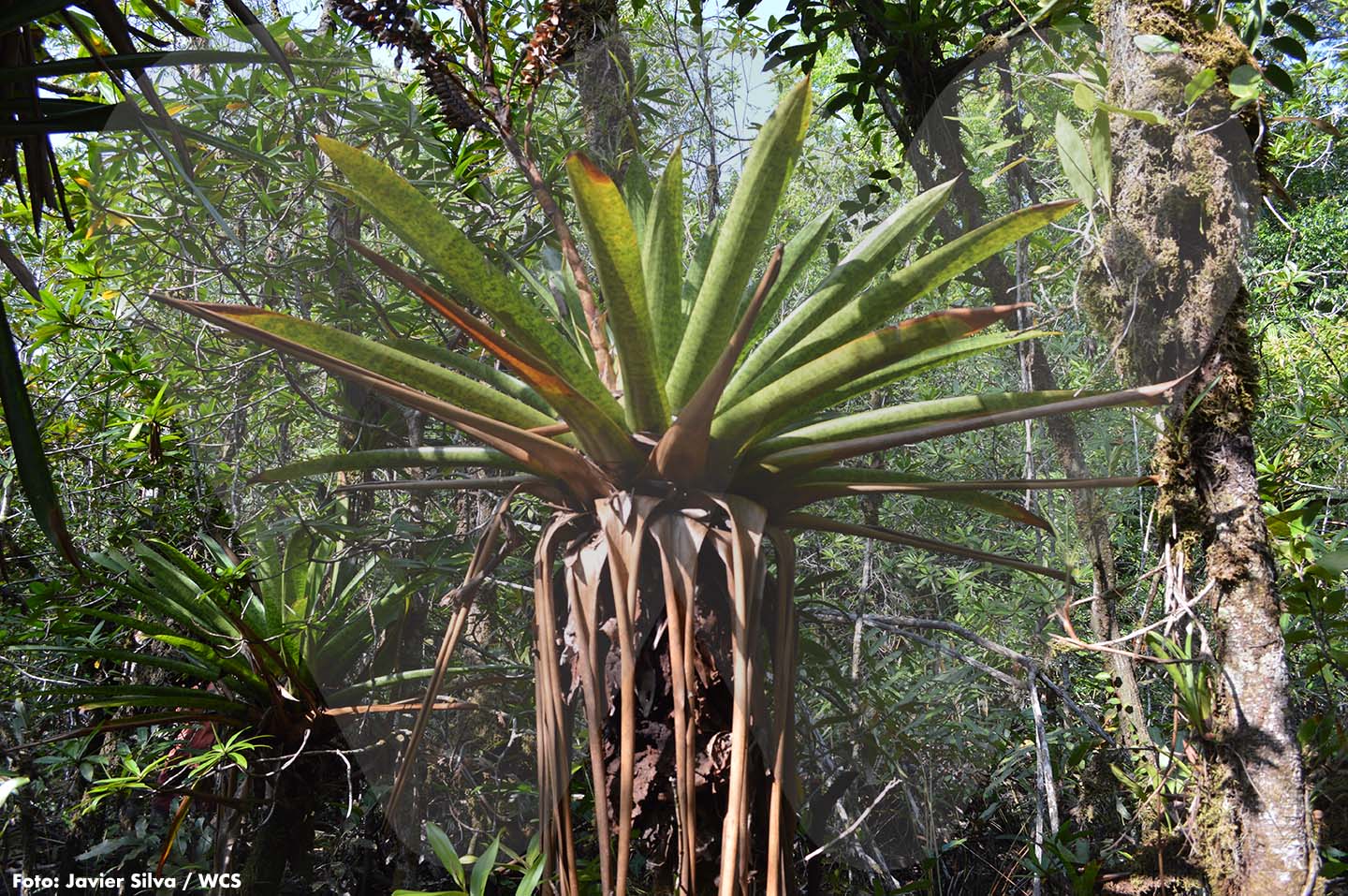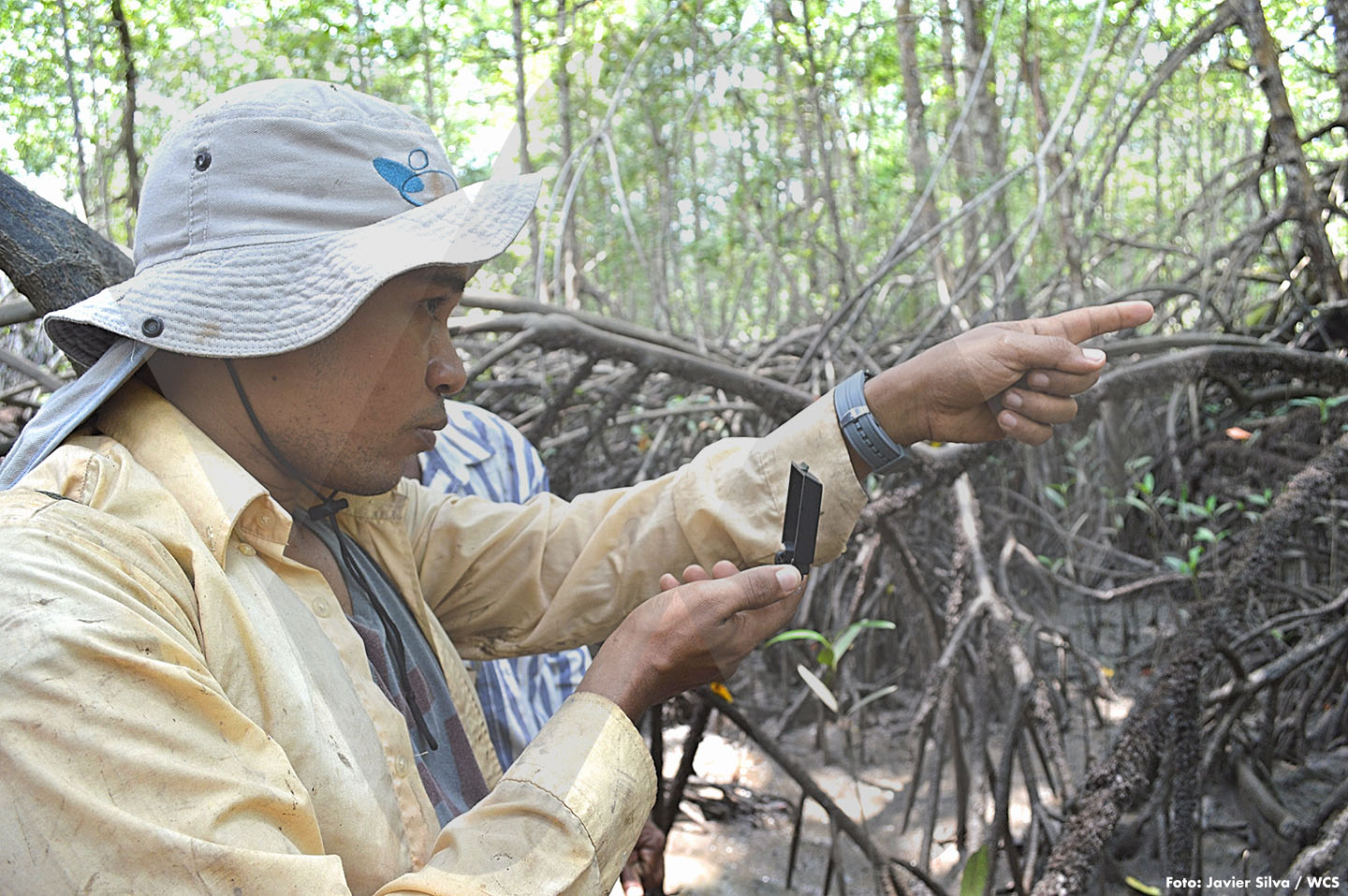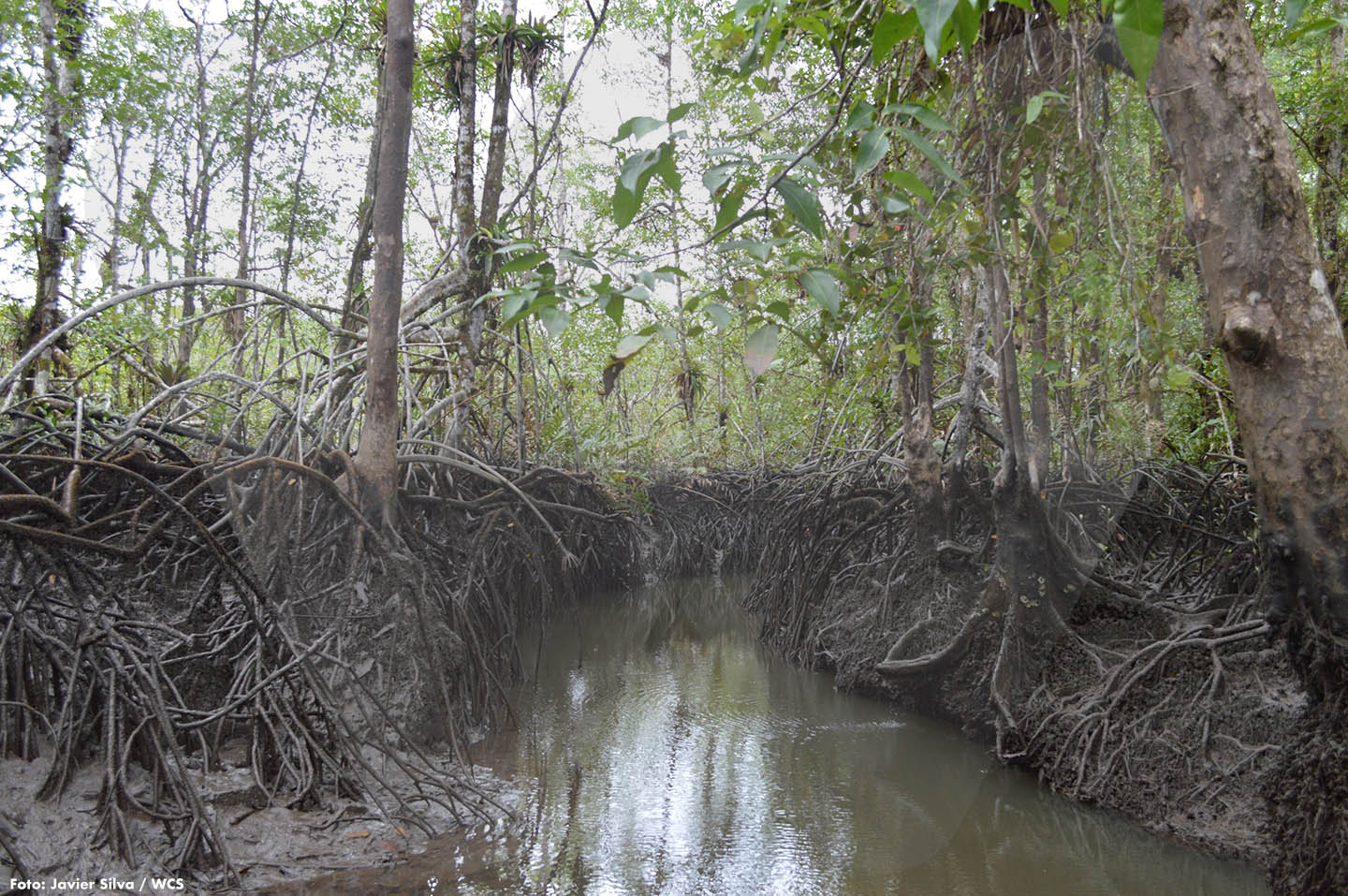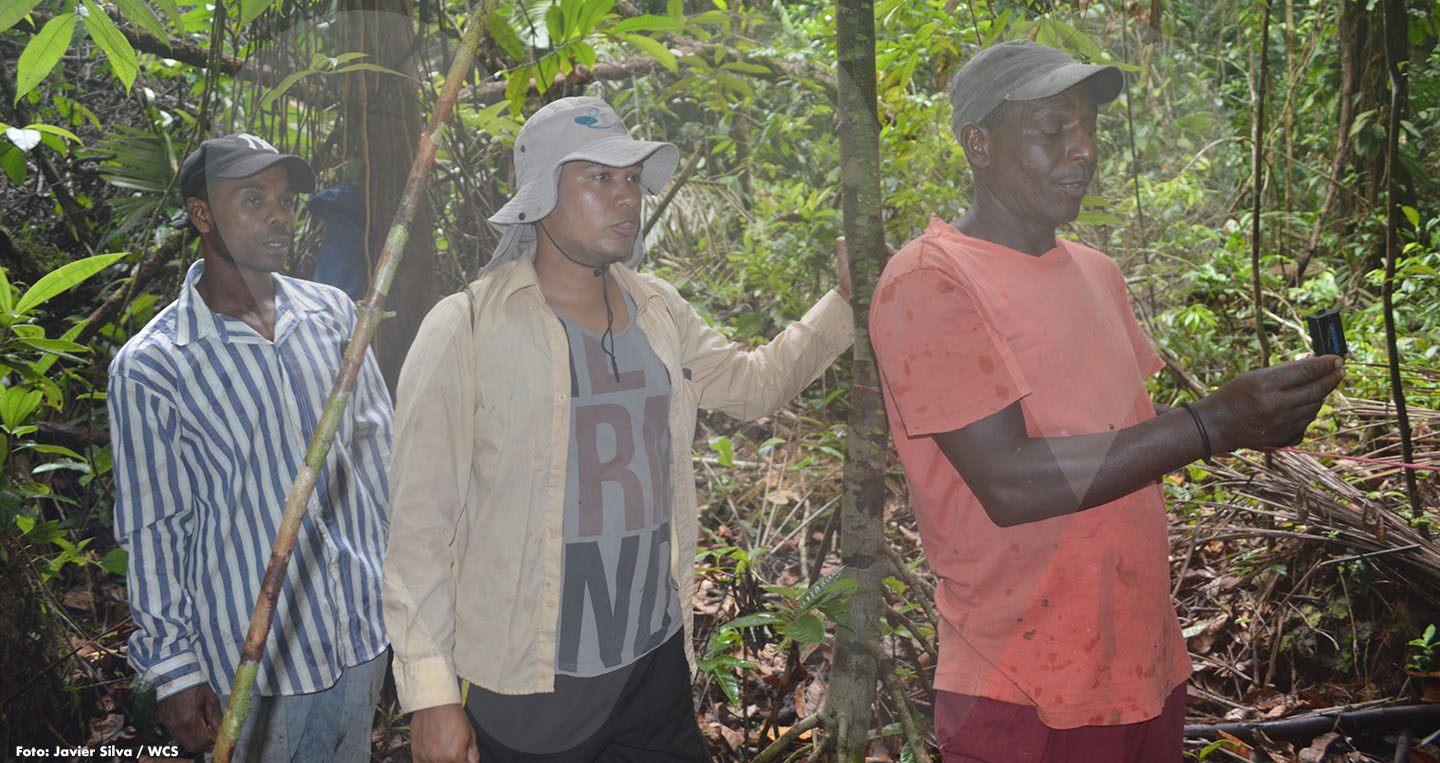Mainland forests, guandales (fresh water wetland forests) and mangroves, indisputable but vulnerable attractions

The jungle has been highly intervened for wood harvesting purposes. There are proposals to regulate its use.
Two of the most important attractions of the ‘Integrated Management Regional District 'El Encanto de los Manglares del Bajo Baudó' are its forests and, as its name indicates, its mangrove zones.
But, even being its main attractions, they have a weakness. Part of this jungle, that has trees between 2 and 26 meters high (many with high-quality woods), has been logged to take advantage of its forest resources with commercial purposes. Something similar happens with the mangrove trees; they are cut down to be used as firewood for cooking or for the construction of fences. Land use changes have also occurred, to give way to coconut and rice crops, among others.
Elmer Rentería, botany specialist of the Universidad Tecnológica del Chocó, who conducted the floristic inventories for WCS Colombia along with local assistants of the Concosta Community Council and Codechocó, during the ‘Participatory characterization of conservation targets of the Integrated Management Regional District El Encanto de los Manglares del Bajo Baudó’, confirmed this situation during his study in the region.

While making measurements in a zone known as Carrizal, Elmer explained that some forests have been intervened, without this meaning that they are in a bad state.
Studies made in the zone by Codechocó and other environmental organizations have established that the most intervened areas of the Bajo Baudó correspond to the zones of Cuevita, northern Pavasa, surroundings of Pizarro, some areas of Belén de Docampadó and surroundings of Orpúa.
The Integrated Management Regional District also covers 'guandales', transition zones between the mangroves and the mainland forests, with an approximate extension of 17.346 hectares and made up of more than 20 tree species, among which the sajo (Campnosperma panamensis), the chuela (Pterocarpus officinalis) and the aÇai palm (Euterpe oleracea) stand out.
The conservation zone in the Integrated Management Regional District has the greatest mangrove coverage in the Department of Chocó and, together with the Municipality of El Litoral Del San Juan, the mangroves in the best status of conservation, covering an approximate extension of 26.679 hectares.
Elmer Rentería´s research for this zone covered a 3.16 kilometer stretch, of which 1.06 corresponded to a conservation zone and 2.1 kilometers to a sustainable use zone. 158 sample points were established, 53 for the conservation zone and 105 for the sustainable use zone.

Together with local assistants, Elmer verified the presence of red mangrove (Rhizophora mangle), white mangrove (Rhizophora harrisonii), grafted mangrove (Rhizophora rocemosa), tea mangrove (Pelliciera rhizophorae) and nato mangrove (Mora oleifera). Researchers know that other known mangroves could also possibly be found, such as black mangrove (Avicennia germinans), white mangrove (Laguncularia racemosa), and button mangrove (Conocarpus erectus).
“In the mangrove ecosystem there is a fern called 'golden leather fern' (Acrostichum aureum), that generally colonizes open spaces resulting from wood harvesting activities or natural 'regeneration' processes”, explains the specialist. And he adds that in this same ecosystem the chupayas, bromeliad species that grow on the trunks and branches of the mangrove trees, as well as orchids, are common.
So, as Rubén Darío Hurtado of the Concosta Community Council says, it is necessary to establish conservation zones with bans included and exploitation zones where inhabitants can fulfill their economic needs. “The idea is not to prohibit activities or the use of the forest, but the regulation of this exploitation is important and urgent, if we want to preserve our resources indefinitely”, commented the community leader.
